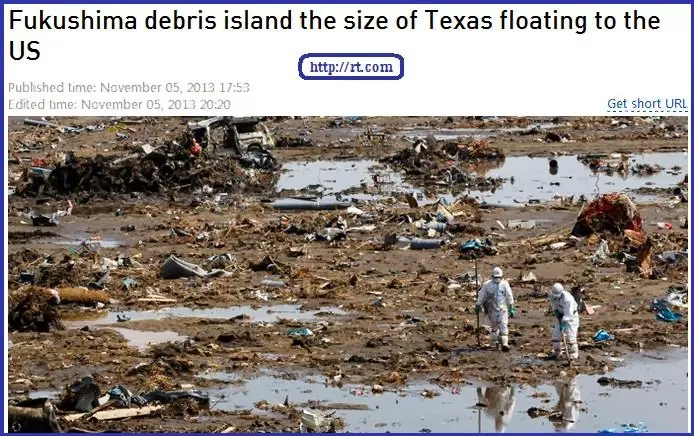A volcano straddling Nagano and Gifu prefectures in central Japan erupted on Saturday, with thick gray smoke spewed up into sky, injuring eight visitors at the site, according to local media.
The Japan Meteorological Agency (JMA) said that the eruption took place shortly before noon. The agency upgraded its 5-stage volcanic alert level to 3, urging people not to approach the mountain, named the Ontake, reported Japan's broadcaster NHK.
Local fire department said that they have received several emergency calls about injured climbers and a local official was quoted as saying that at least eight people were injured.
The JMA forecast that further eruptions may affect nearby residents and warned of large volcanic cinders which fall within a 4 km radius of the crater, said Japan's Kyodo News.
The volcano's last eruption was in 1979 when it expelled over 200,000 tons of ash. It also went through a minor eruption in 1991 and caused multiple volcanic earthquakes in 2007, reports said.
Sources: Xinhua - globaltimes.cn
27/9/14
-----------------
The meteorological agency said Mt. Ontake, which straddles Nagano and Gifu prefectures, erupted at around 11:53am (0253 GMT), sending smoke down the mountain's south slope for more than three kms (1.9 miles).
"Seven people were lightly injured and one person suffered serious injuries as a result of the eruption," Makoto Hasegawa of the Nagano prefecture fire department told Reuters.
The eruption is still taking place, he said.
"Airplanes are diverting their flying routes to avoid the ash cloud," said Hasegawa.
NHK public broadcaster showed footage of the mountain sending thick, grey smoke into the air.
Mt. Ontake is located some 200 km (125 miles) west of Tokyo. No nuclear power plants are located nearby. Reuters - timesofindia.indiatimes.com
The Japan Meteorological Agency (JMA) said that the eruption took place shortly before noon. The agency upgraded its 5-stage volcanic alert level to 3, urging people not to approach the mountain, named the Ontake, reported Japan's broadcaster NHK.
Local fire department said that they have received several emergency calls about injured climbers and a local official was quoted as saying that at least eight people were injured.
The JMA forecast that further eruptions may affect nearby residents and warned of large volcanic cinders which fall within a 4 km radius of the crater, said Japan's Kyodo News.
The volcano's last eruption was in 1979 when it expelled over 200,000 tons of ash. It also went through a minor eruption in 1991 and caused multiple volcanic earthquakes in 2007, reports said.
Sources: Xinhua - globaltimes.cn
27/9/14
-----------------
- A volcano in central Japan erupted on Saturday injuring at least eight people and forced aircraft to divert flying routes to void the billowing ash cloud.
The meteorological agency said Mt. Ontake, which straddles Nagano and Gifu prefectures, erupted at around 11:53am (0253 GMT), sending smoke down the mountain's south slope for more than three kms (1.9 miles).
"Seven people were lightly injured and one person suffered serious injuries as a result of the eruption," Makoto Hasegawa of the Nagano prefecture fire department told Reuters.
The eruption is still taking place, he said.
"Airplanes are diverting their flying routes to avoid the ash cloud," said Hasegawa.
NHK public broadcaster showed footage of the mountain sending thick, grey smoke into the air.
Mt. Ontake is located some 200 km (125 miles) west of Tokyo. No nuclear power plants are located nearby. Reuters - timesofindia.indiatimes.com





















 GR
GR FR
FR DE
DE ES
ES IT
IT RU
RU EU
EU